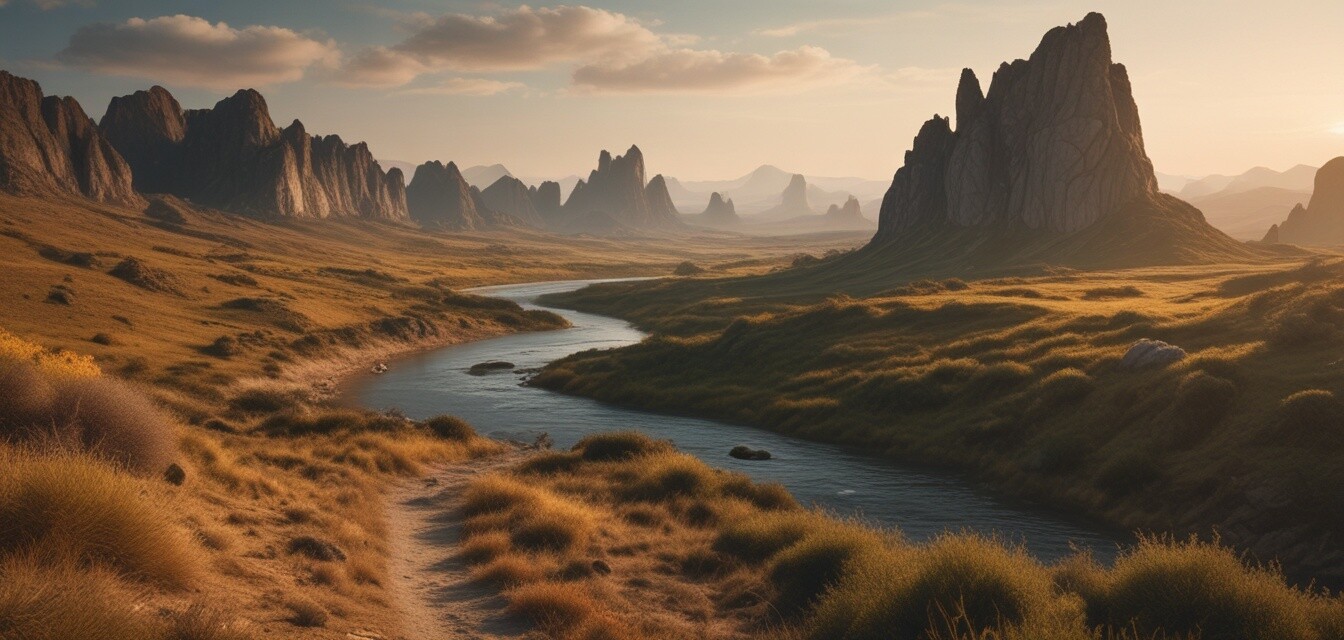
Essential Skills for Outdoor Navigation Without a GPS
Key Takeaways
- Understanding natural navigation techniques can enhance your outdoor adventures.
- Map reading skills are essential even in the age of technology.
- Utilizing landmarks and celestial bodies is a reliable way to find your path.
- Practicing these skills can boost your confidence during hikes and camping trips.
- Emergency kit supplies play an important role in outdoor safety.
In today's tech-driven world, relying on GPS can seem like a necessity for outdoor navigation. However, learning essential navigation skills without GPS can provide you with a sense of adventure and security. This article will guide you through various methods and strategies to navigate the great outdoors effectively.
Understanding basic navigation principles
Before diving into specific skills, it's crucial to grasp the basic principles of navigation. Here are a few foundational concepts:
- Understanding direction: Knowing north from south and east from west is vital.
- Topography: Familiarize yourself with the terrain and landscape in your area.
- Landmarks: Use visible features to orient yourself and navigate.
Map reading skills
Even with modern technology, map reading remains a vital skill. Here's how to excel at reading a map:
- Types of Maps: Understand different map types such as topographic and physical maps.
- Scale: Get familiar with how distances are represented on maps.
- Key or Legend: Learn to interpret symbols and markings on the map.
Creating a basic navigational map
If you're venturing into unfamiliar territory, creating a custom map can be essential. Use landmarks, trails, and natural features to create your own guide.
Using a compass
A compass is a practical tool for navigation. Learning how to use it correctly can make all the difference:
- Understanding compass parts: Familiarize yourself with the needle, dial, and baseplate.
- Taking bearings: Learn to find and follow a bearing to your destination.
- Combining map and compass: Use your map in conjunction with the compass for accurate navigation.
Basic compass techniques
| Technique | Description |
|---|---|
| Orienting the map | Align the map with the real world using the compass. |
| Following a bearing | Set the compass to your desired direction and walk towards it. |
| Back bearings | Use back bearings to retrace your steps accurately. |
Natural navigation techniques
Connecting with nature can guide you as well. Here are several natural navigation techniques:
- Sun navigation: The sun rises in the east and sets in the west; track its position throughout the day.
- Star navigation: At night, find the North Star to determine north.
- Landmarks: Identify and remember unique local features such as mountains and rivers.
Practicing your skills
It's vital to practice your navigation skills in a safe environment. Consider visiting a local park or nature reserve. Challenge yourself to:
- Walk a predetermined route using only a map and compass.
- Identify natural markers and practice navigating in different weather conditions.
- Participate in orienteering events to refine your skills.
Emergency considerations
Preparation is key for any outdoor adventure. Equip yourself with the right tools and emergency supplies:
- Emergency kit: Stock it with essentials like food, water, and first aid supplies.
- Communication devices: Know how to use devices like walkie-talkies or two-way radios.
- Fire starters: Always carry reliable fire-starting tools.
Emergency resources
For detailed information on preparing your emergency kits, check out our guide on emergency food supplies and first aid kits.
Pros
- Boosts confidence in the outdoors.
- Enhances appreciation for nature.
- Promotes self-reliance.
Cons
- Takes time to learn and practice.
- May be challenging in unfamiliar areas.
Conclusion
Mastering outdoor navigation skills without relying on GPS is a rewarding journey. Not only does it enhance your outdoor experiences, but it also builds confidence and self-reliance. Remember to practice regularly and equip yourself with the necessary resources to handle any situation. For further guidance on outdoor adventures, explore our Outdoor Tips and Resources section.